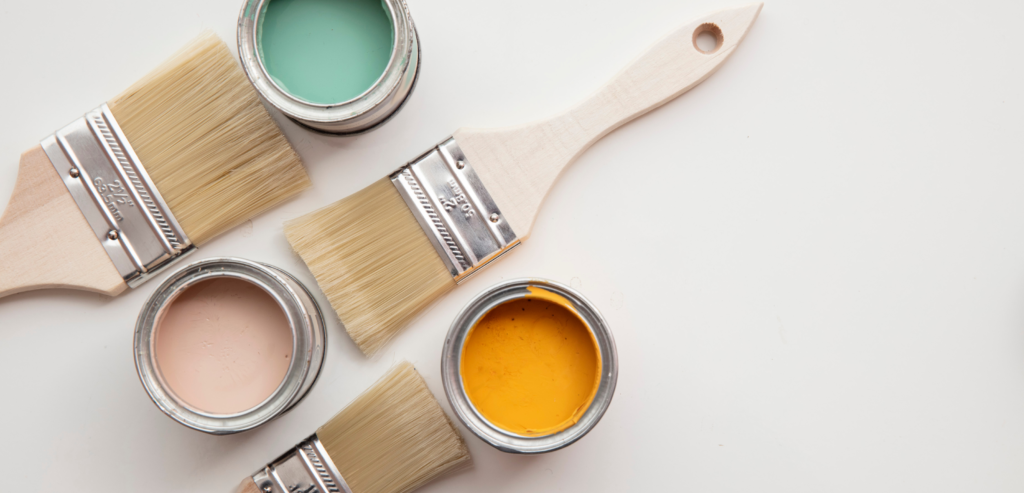When it comes to designing or staging a home the colors you choose can influence moods, perceptions, and even decisions. Understanding the psychology of color can help homeowners, designers, and stagers make thoughtful choices that not only create beautiful spaces but also evoke the right emotions and reactions from viewers or potential buyers. In this blog post, we will break down how colors can play an important role in home design and staging.
The Basics of Color Psychology
Color psychology explores how different hues or shades can influence human behavior. Colors can have a wide range of effects on how people feel and behave, making them incredibly important in the context of home design. Here’s how you can use colors to influence the atmosphere in a home:
1. Red – Energy and Passion
Red is a powerful color often associated with energy, passion, and excitement. In home design, red can be used to energize a space, making it ideal for areas that benefit from a sense of warmth and vibrancy, like dining rooms or living areas. However, it’s best used in moderation, as too much red can be overpowering and potentially evoke feelings of anger or aggression.
2. Blue – Calmness and Serenity
Blue is known for its calming effects, making it a popular choice for bedrooms and bathrooms where tranquility and relaxation are key. Light blues can help make a room feel more spacious and airy, while darker shades can give a sense of stability and formality.
3. Yellow – Happiness and Creativity
Yellow, the color of sunshine, is often associated with happiness and creativity. It’s an excellent choice for kitchens, playrooms, and any space where you want to evoke a sense of optimism and energy. Like red, yellow should be used carefully as it can be intense if overused.
4. Green – Harmony and Health
Green combines the cheerful brightness of yellow with the calming effect of blue, making it perfect for almost any room in the house. It is particularly effective in places that need to convey a sense of balance, health, and harmony, such as home offices or sitting areas.
5. Purple – Luxury and Ambition
Traditionally associated with royalty, purple can add a touch of luxury and ambition to a space. Lighter shades like lavender are soothing and can be great for bedrooms, while deeper purples work well in formal living rooms or studies.
6. Orange – Enthusiasm and Energy
Orange, blending the energy of red and the happiness of yellow, is a great color to use for spaces designed for social interaction, such as living rooms. It’s less intense than red but still provides a lot of warmth and vibrancy.
7. White – Simplicity and Cleanliness
White can make spaces feel larger and brighter. It’s often used to create a minimalist look or a clean backdrop that allows other design elements to stand out. White is versatile and can be applied to nearly any space, particularly in bathrooms and kitchens, where cleanliness is crucial!
8. Gray – Sophistication and Neutrality
Gray is a neutral color that offers a sophisticated backdrop that goes well with any other shade. It’s perfect for creating a modern, sleek look and is commonly used in living areas and bedrooms where you want to achieve an elegant, understated style.
Using Color in Home Staging
When staging a home for sale, the goal is to make the space appealing to the largest possible audience. Neutral colors like whites, grays, and light blues are typically preferred because they create a clean, inviting palette that potential buyers can imagine personalizing. Accent colors can be introduced through accessories like pillows, art, or decorative items, which add character and warmth without overwhelming the space.
The Takeaway
Choosing the right colors when designing or staging a home can significantly affect how the space is perceived and enjoyed. By understanding the psychology behind each shade, you can create environments that not only look good but also feel welcoming and comfortable. Whether you’re painting a wall, picking out furniture, or adding accents, remember the power of color to transform your space and influence mood.
Incorporating these insights into your home design or staging process can make a big difference in how a space looks and feels, potentially making it more appealing to both you and potential buyers.


